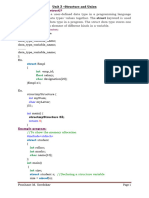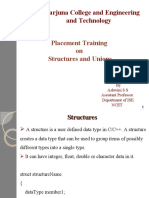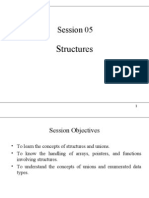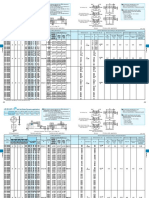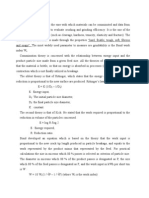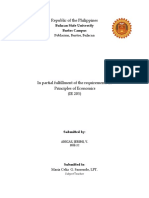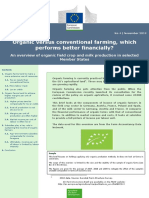0% found this document useful (0 votes)
12 views16 pagesChapter 3 Structure and Union
This document covers the concepts of structures and unions in Object Oriented Programming. It explains the definition, syntax, and examples of structures, highlighting how they can hold different data types and how to access their members. Additionally, it contrasts structures with unions, emphasizing their memory usage and data storage characteristics.
Uploaded by
shabir.ahmad1317Copyright
© © All Rights Reserved
We take content rights seriously. If you suspect this is your content, claim it here.
Available Formats
Download as PPTX, PDF, TXT or read online on Scribd
0% found this document useful (0 votes)
12 views16 pagesChapter 3 Structure and Union
This document covers the concepts of structures and unions in Object Oriented Programming. It explains the definition, syntax, and examples of structures, highlighting how they can hold different data types and how to access their members. Additionally, it contrasts structures with unions, emphasizing their memory usage and data storage characteristics.
Uploaded by
shabir.ahmad1317Copyright
© © All Rights Reserved
We take content rights seriously. If you suspect this is your content, claim it here.
Available Formats
Download as PPTX, PDF, TXT or read online on Scribd
/ 16


